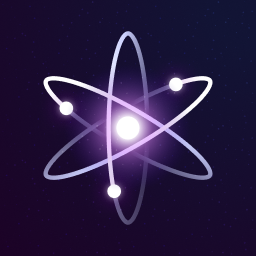408 reads
Do Not Buy Into Interchain FUD
by
July 8th, 2022
Audio Presented by

The open, scalable, and interconnected economy of the future. $ATOM
About Author
The open, scalable, and interconnected economy of the future. $ATOM
Comments
TOPICS
THIS ARTICLE WAS FEATURED IN
Related Stories
Blockchain Interoperability
Oct 17, 2019
Blockchain Interoperability
Oct 17, 2019